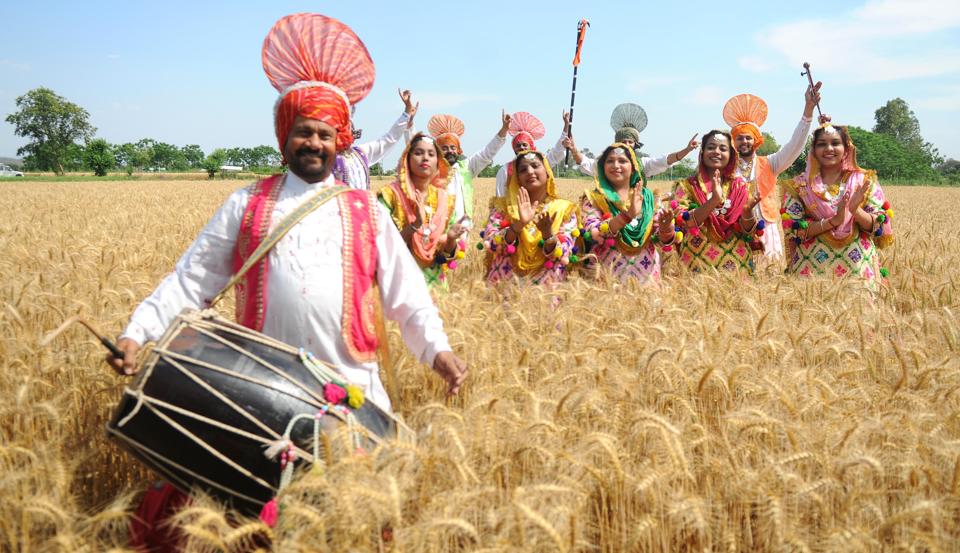Festivals
WHY AND WHAT INDIA MUST KNOW ABOUT BAISAKHI?

While the Sikhs celebrate Baisakhi across India; rest of India wonders if it is about doing the Bhangra and dancing.
No, it is not; Baisakhi holds a lesson for all Indians…… Especially in this day and age…
So this day in 1699, in a congregation of people from all across India…standing there listening to their Guru, Sree Gobind Rai. Gobind Rai asked for the human sacrifice of five men one after the other. Five men from different castes from different parts of India stood up from the crowd of thousands.
– A shopkeeper, Baniya called Daya Ram from Lahore
– A farmer, Jat called Dharam Das from Meerut
– A so-called low-caste water carrier called Himmat Rai from Jagannath Puri, Odisha
– A tailor, of Cheemba caste called Mukham Chand from Dwarka, Gujarat
– A barber, of Naai caste called Sahib Chand from Bidar, Karnataka
With his choice of disciples from five different corners of India, Gobind Rai Ji visualized the national dream… from the coast of Gujarat along Western Arabian Sea to coasts of Odisha along the Bay of Bengal; from the Great Plains of Punjab to the Gangetic Plain and then onto the Deccan peninsula covering Karnataka. Do not forget that at that time, all these were separate states; it was Guru Gobind Singh Ji that thought of all of them as one…this Baisakhi day of 1699.
With the choice of disciples from five different caste-groups, he visualized an integrated class-less society.
The five were christened as the First Five Khalsa Sikhs, and the five, in turn, christened their Guru as the sixth. Gobind Rai was now Gobind Singh Ji. All caste names and surnames were dropped, & a common surname was proposed for all Indians across India; a surname that denoted a caste-less, class-less creed of men willing to sacrifice themselves for the nation and against injustice.
And the Swaroop he chose for the class-less people was an amalgamation of the ancient Indian thought of Rishis (as mentioned by Guru Gobind Singh in the Sarbloh Granth) and the Kshatriya tradition of Warriors, hence the Jooda, the hairs, and the Talwar. The concept of Miri-Piri was coded in the dress-system of this new society envisioned by him. A group of people who were strong in Miri (Physical Strength and material possessions) and Piri (Spiritual Strength and humility)
So, the five so-called lower castes were given the temporal strength of a Rishi (a Brahmin citadel till then ) and the Physical responsibilities of a Kshatriya (a duty till then limited to the Rajputs). This motley group of people uprooted Afghan and Mughal rule from entire North India from the Yamuna to the Khyber pass, such was the power of this vision.
And this was the Indian that he envisioned from the five corners of HIS nation. Guru Gobind Singh Ji was visionary par excellence. His vision has been diluted and limited to Sikhism, that is a travesty. Awake India, awake to his vision. Leave those caste barriers, acquire knowledge, be strong in body and be a Khalsa in spirit. Your religion doesn’t matter. Khalsa is a state of mind, not just a religion.
This article curated from the web.





























